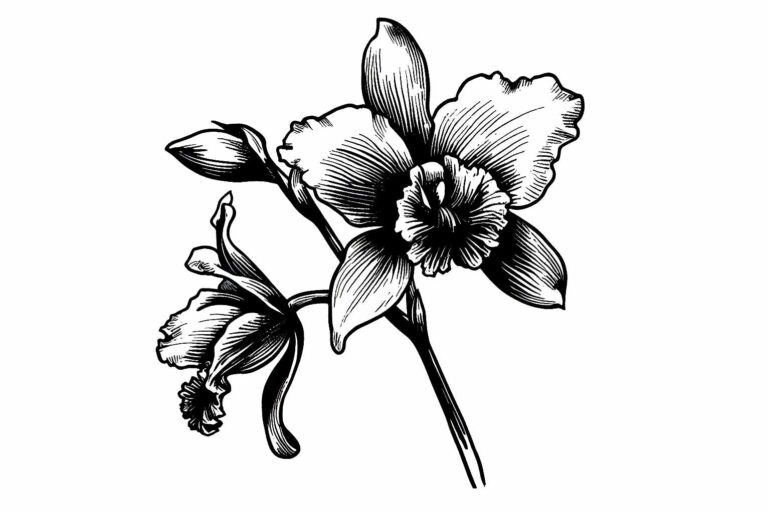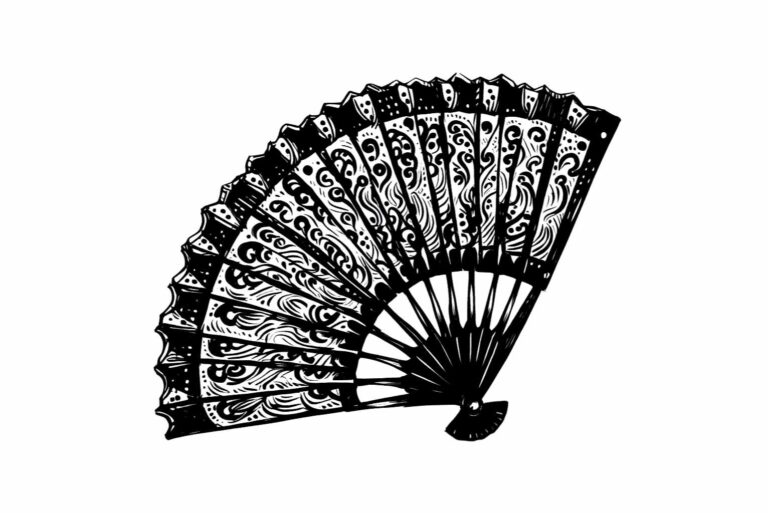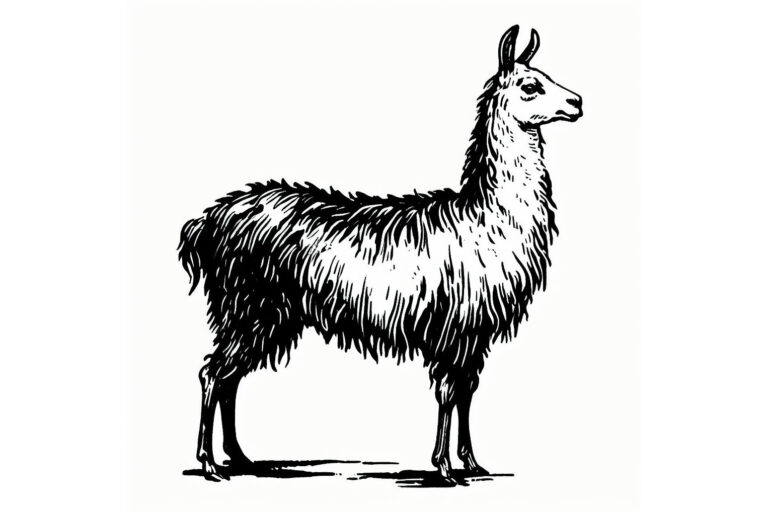As we all know, kindergarten is an incredible, transformative year for our young students. The first few days set the tone for the rest of the year and can greatly influence our students’ attitudes towards school. To help ensure we’re starting off on the right foot, I’ve put together a list of fun, engaging back-to-school activities for kindergarten students. Each one is designed to create a warm, inclusive, and exciting atmosphere that both you and your students will love.
__________________________________________________________________
1. All About Me Activities FOR KINDERGARTEN
All About Me Poster
Facilitate an opportunity for students to express themselves by crafting an “All About Me” poster. Here’s how to do it:
- Supply each learner with a large paper sheet and colorful markers.
- Encourage them to draw things that define them (their families, pets, favorite foods, or hobbies…).
- Once they’re done, allow them to share their masterpiece with the class. It’s a fun, artistic, and personal way to get acquainted!
This activity not only allows children to express themselves creatively, but it also fosters an environment of understanding and respect for individual differences.
Name Collage
Let’s reinforce that sense of belonging with names! Here’s how you can create a Name Collage:
- Hand out large name cut-outs to each student along with materials like glitter, stickers, and cut-outs from magazines.
- They can personalize their name display with elements that resonate with their personalities.
- Display these name collages in your classroom.
This personalizes the space and gives children a sense of ownership, belonging, and pride in their classroom.
2. back to school Ice Breaker Games
Color Coordinate Game
This engaging activity gets students moving, interacting, and learning about each other. Here’s how to conduct this game:
- Begin by assigning different colors to different types of personal facts. Red could represent “has a pet,” blue could mean “has a sibling,” and so on.
- Next, prepare small items or tokens in the corresponding colors. These could be colored chips, balls, or even colored pieces of paper.
- Give each child a colored object. Once they have their colored item, explain what each color represents. For example, “If you have a red token, it means you have a pet.This leads to interaction and communication among students.
- After you’ve explained the color meanings, ask your students to find others who have the same color. As they search for their “color buddies,” they can share about their pet, their favorite book, or their siblings. This way, they are not only learning about their classmates but also sharing a bit about themselves.
The game can continue as long as you like, with students returning their color item and receiving a new one, representing a different personal fact. The aim of this activity is to get students talking, moving, and above all, bonding over shared experiences or interests. It’s a wonderful ice breaker for the start of the school year!
Mystery Box
This sensory-based game fosters group interaction and language development. Here’s how to create a Mystery Box:
- Fill a box with recognizable objects. These could be common classroom items like a pencil, a ball, or a book.
- Each student takes a turn reaching into the box without looking and describes the object they feel. The rest of the class can guess what the item is based on the description.
This activity not only develops descriptive language skills and sensory recognition but also creates a sense of anticipation and excitement in the classroom.
3. back to school Story Time
Summer Stories
Here’s how to do it:
- Set aside a dedicated time each day during the first week of school for students to share their favorite summer experiences.
- This sharing can be through drawing or speaking. They might draw a picture of their vacation or simply talk about their favorite summer memory.
This exercise not only develops expressive language skills but also provides an opportunity for students to learn about their classmates’ experiences, fostering empathy and understanding.
Read-Aloud


This activity can create a supportive and inclusive environment in your classroom, Here’s how to conduct a Read-Aloud:
- Select books that touch on themes of friendship, acceptance, the excitement of starting school or celebrating individuality. For examples:
- “First Day Jitters” by Julie Danneberg: This engaging book reveals that it’s not just students who get nervous about the first day of school, teachers do too.
- “Chrysanthemum” by Kevin Henkes: This story is about a little mouse named Chrysanthemum who loves her name until she starts school and other children make fun of it. It’s a heartwarming tale about acceptance and individuality.
- While reading these books aloud, pause occasionally to ask questions about the characters, plot, or how the children would feel in similar situations.
This activity can help students transition seamlessly into the academic year.
4. back to school Group Activities
Classroom Scavenger Hunt
A classroom scavenger hunt is a fun, interactive way to familiarize students with their new learning environment while promoting teamwork. It also helps students feel more comfortable and excited about their classroom. Here’s how to do it:
- Prepare a list of items or places around the classroom that you’d like your students to find. This could include things like a particular book, a plant, the attendance chart, the pencil sharpener, etc.
- Break your students into small teams and hand each team a copy of the list.
- Encourage them to work together to find all the items or places on the list. Be sure to emphasize that it’s not just about being the fastest, but also about working well as a team.
- After the activity, gather everyone together and talk about what they found. You can also use this time to explain any classroom rules related to the items or areas they discovered.
This back-to-school activity not only aids students in getting to know their new surroundings but also fosters teamwork, communication, and a sense of shared adventure. It’s an engaging, dynamic way to kick off the school year!
Classroom Quilt
A classroom quilt is a visual representation of unity and team effort. It emphasizes how every individual contributes to the group’s overall picture. Here’s how to facilitate this activity:
- Provide each student with a square piece of construction paper.
- Ask them to draw something that they love or that represents them on this paper. This could be a pet, a favorite book, a sport, a hobby, etc.
- Once the students have completed their individual squares, gather all the squares and assemble them on a large board or wall to form a “quilt”. You can use adhesive or pins to secure them.
- Use this time to discuss how each square is unique, just like each student in the classroom, but when brought together, they form a beautiful, cohesive whole – much like the classroom community.
This engaging activity fosters a sense of belonging, celebrates individuality, and underscores the importance of unity and cooperation. The final product, a vibrant classroom quilt, serves as a daily reminder of the classroom’s shared experiences and collaborative efforts.
__________________________________________________________________
Remember to savor these first few moments with your new class. It’s a fresh start, a blank slate, and an opportunity to foster a love for learning that will stay with these young minds for years to come.
These activities aim to create a warm, inviting, and exciting atmosphere that both you and your students will look forward to every day. Remember, the key is to make these first few days enjoyable, memorable, and inclusive.
As you embark on this new academic year, let the laughter, curiosity, and joy fill your classrooms!
Happy Back to School Day!
Sophie





